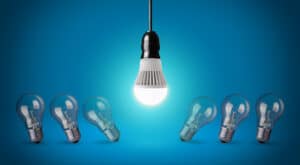In May 2023, the South African Department of Trade and Industry and Competition officially announced new compulsory Minimum Energy Performance Standards (MEPS) for lighting in South Africa, which will effectively ban all but energy-efficient light emitting diode (LED) lamps for general service lighting.
 The development of these MEPS was led by the Department of Mineral Resources and Energy and approved by the Department of Technology, Industry and Competition, with the proposed standards open for consultation from March 2021 to April 2022. It was supported by a GEF-funded project, Market Transformation through Energy Efficiency Standards and Labelling of Appliances in South Africa, and CLASP, a United Nations Environment Programme United for Efficiency (UNEP-U4E) partner, provided additional technical expertise to the country. UNEP-U4E participated as a reviewer to the MEPS and much of the final specification is directly based on UNEP-U4E’s Model Regulation Guidelines for General Service Lamps (2021).
The development of these MEPS was led by the Department of Mineral Resources and Energy and approved by the Department of Technology, Industry and Competition, with the proposed standards open for consultation from March 2021 to April 2022. It was supported by a GEF-funded project, Market Transformation through Energy Efficiency Standards and Labelling of Appliances in South Africa, and CLASP, a United Nations Environment Programme United for Efficiency (UNEP-U4E) partner, provided additional technical expertise to the country. UNEP-U4E participated as a reviewer to the MEPS and much of the final specification is directly based on UNEP-U4E’s Model Regulation Guidelines for General Service Lamps (2021).
The specifications of the new standard aim to improve the safety, performance and energy efficiency of lamps approved for use in South Africa by phasing out inefficient and environmentally harmful lighting products. They cover the energy efficiency and functional performance for general lighting directional and non-directional lamps of all shapes and finishes, using incandescent, halogen, fluorescent, LED, and other light source technologies (not including high-intensity discharge lamps). Although the specifications permit the use of any lighting technology, the minimum energy-efficiency standards set are such that they can’t currently be reached by most fluorescent and incandescent bulbs.
Among the various technical aspects of the regulations, the main change is that all general service lamps in the country will have to have a minimum luminous efficiency rate of 90 lumens per watt (lm/W) in the first phase of the regulations, which comes into force 12 months from publication of the regulation. The second phase of the regulations comes into force three years from publication and sets the minimum efficiency to 105 lm/W.
This will represent quite a transformation to the South African market where, on average, a typical incandescent lamp currently produces only 12 lm/W, with an average for energy-saving compact fluorescents lamps of 55 lm/W and 80 lm/W for LED lamps.
Based on UNEP-U4E’s 2022 Country Savings Assessment data, the transition to energy efficient lighting in South Africa could result in potential annual savings in 2030 of at least:
- 1 TWh of annual electricity savings.
- 104 million USD savings in annual electricity costs (equivalent to two new 100 MW power plants).
- 1 million tonnes of CO2 avoided annually (equivalent to taking around 610 thousand cars off the road).
In his budget vote speech on 25 May 2023, Ebrahim Patel, Minister of Trade, Industry and Competition, included reference to the new standards as part of the solution to implement South Africa’s National Action Plan for a Just Energy Transition.
UNEP-U4E continues to support the programme to transition to energy efficient products in South Africa and is collaborating with the government on a project to enhance its operational framework of standards and labels to make it more effective. The project is funded by the UK Department for Environment Food and Rural Affairs.
South Africa is also a participant in the regional EAC-SADC project on energy efficient cooling appliances, which aims to develop a policy framework for energy-efficient and climate friendly refrigerators and air conditioners, with the ultimate goal to implement MEPS and labelling for these products in both regions.
The next actions are to strengthen the MEPS for other regulated products, such as ovens and laundry appliances, and to introduce MEPS for electric motors.
For further information, contact pa***********@**.org.


Leave a Reply